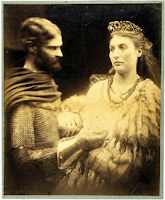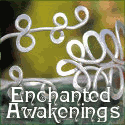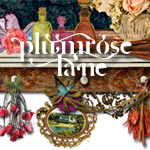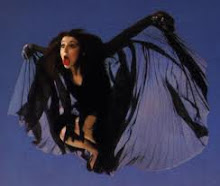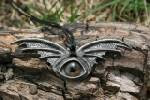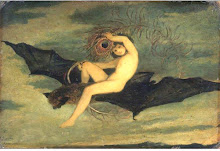Maybe 7 or 8 years ago I made a discovery that delights me to this day. While researching ancient jewelry styles I came across a website that blew me away- I just could not believe the sort of things they were selling. Really?You can actually buy authentic ancient jewelry and artefacts? And some of them are actually affordable? And *wearable*??? Wowowowowow. Since that day I’ve found some other sites that seem reputable and interesting as well, but I keep coming back to the original one. Now, I have never actually bought anything of this sort, but I know one day I will. I am waiting for my Wunderkammer in a liminal room with squishy couches, spiderwebby windows and an awesome sound system.
I think every once in a while, I will share my latest favorite finds from Ancient Touch http://www.ancienttouch.com/index.htm
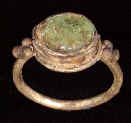
Today I found these beautiful jewelry artefacts from ancient Byzantium. The ring is silver set with a green glass piece, made in VII c A.D. The earring is gold, from the second half of VII-IX c. A.D., and it looks just like a pomegranate to me.
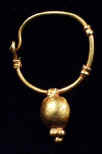
Byzantium was founded by Greeks in 667 BC and was dedicated to Artemis, bearing the crescent moon as its symbol for nearly a thousand years until conquered by Rome in 196 AD. Being a crossroads harbor between the Black Sea and the Mediterranean Sea, its strategic location drew the eye of Emperor Constantine, who rebuilt the city and renamed it Nova Roma. Upon his death it became Constantinople and remained a Greek-speaking Roman state. The Middle Ages brought about the final change of rule with the Ottoman Empire’s crusader conquest and the eventual name of Istanbul in modern times. Historians use the term Byzantine for cultural and land references. Over the centuries the Byzantine Empire survived the collapse of the Western Roman Empire underwent ebbs and flows of power and status, but became known as a wealthy independent center of Christianity, culture, education and artistry. Even in the downturns, citizens continued to adorn themselves; they just used less expensive materials.
Over the ages, the jewelry of Byzantium became crowded with influences (Greco-Roman, Italian, French, German, Middle Eastern) due to the prominent trade industry and the wealth of the city, though the most recognizable and abundant pieces are heavily jeweled crosses. Women of all classes wore earrings, and rings were widely worn as well (following Roman tradition). Other items include crowns for the nobility, necklaces, brooches, fibula and belts. When the Ottomans gained control of the city, the amount of jewels and opulence increased according to the sultan’s preferences and show of power. Tribal motifs were introduced, and the Ottoman women preferred to wear headdresses and ornamentation, and more bracelets were worn as well.
I mentioned Byzantium’s location at the mouth of the Black Sea. There is something special about the deep, cold waters, in that they are deprived of oxygen so that wood-boring mollusks cannot live, and therefore cannot destroy shipwrecks and their cargo (including human remains) as in other maritime areas trafficked in the ancient world. Wooden shipwrecks of antiquity are remarkably well preserved for thousands of years and are a unique source of study for marine archaeologists.


Fascinated by these discoveries and the treasures and secrets they have to reveal, I dreamed up some earrings that I imagine might be uncovered in one of these ancient shipwrecks one day…Byzantium’s Harbor Earrings in sterling, and Byzantium and the Black sea in brass.
